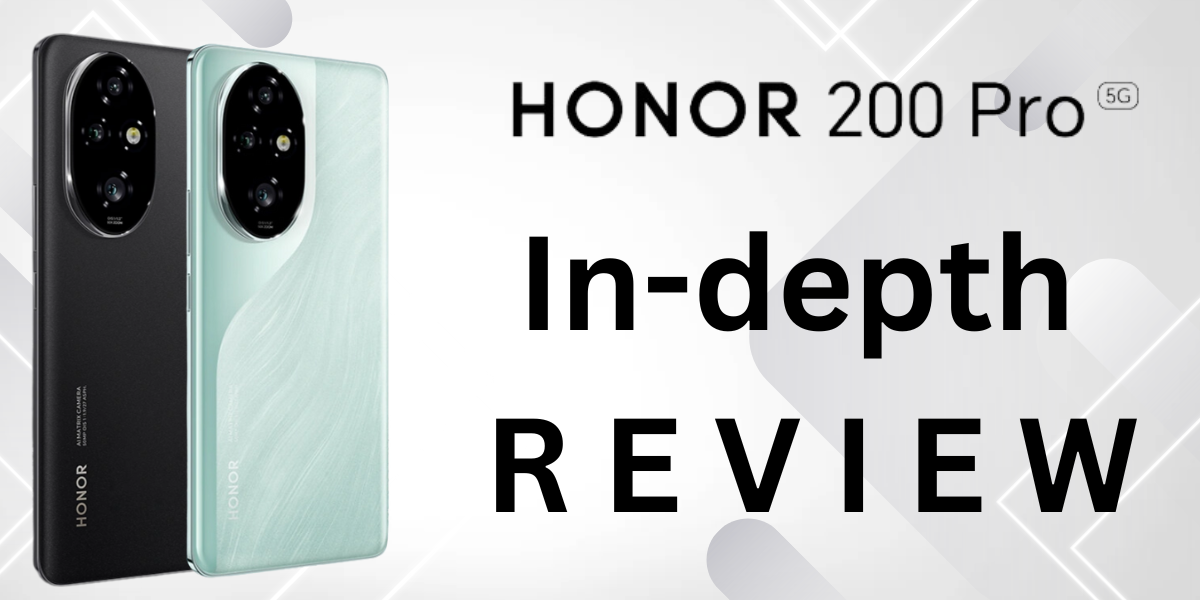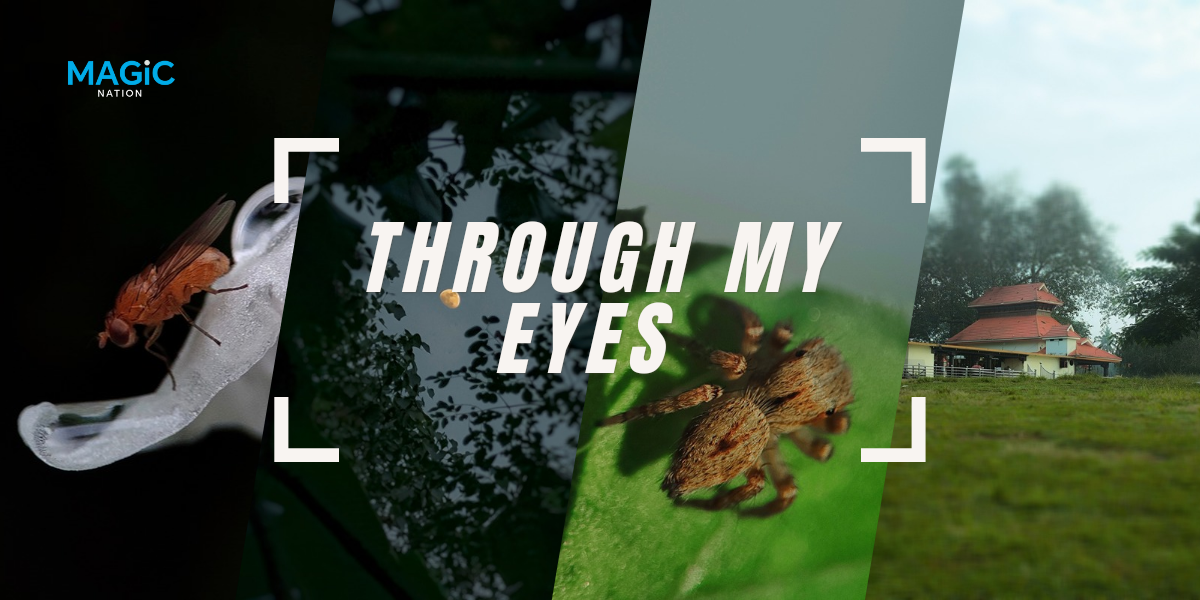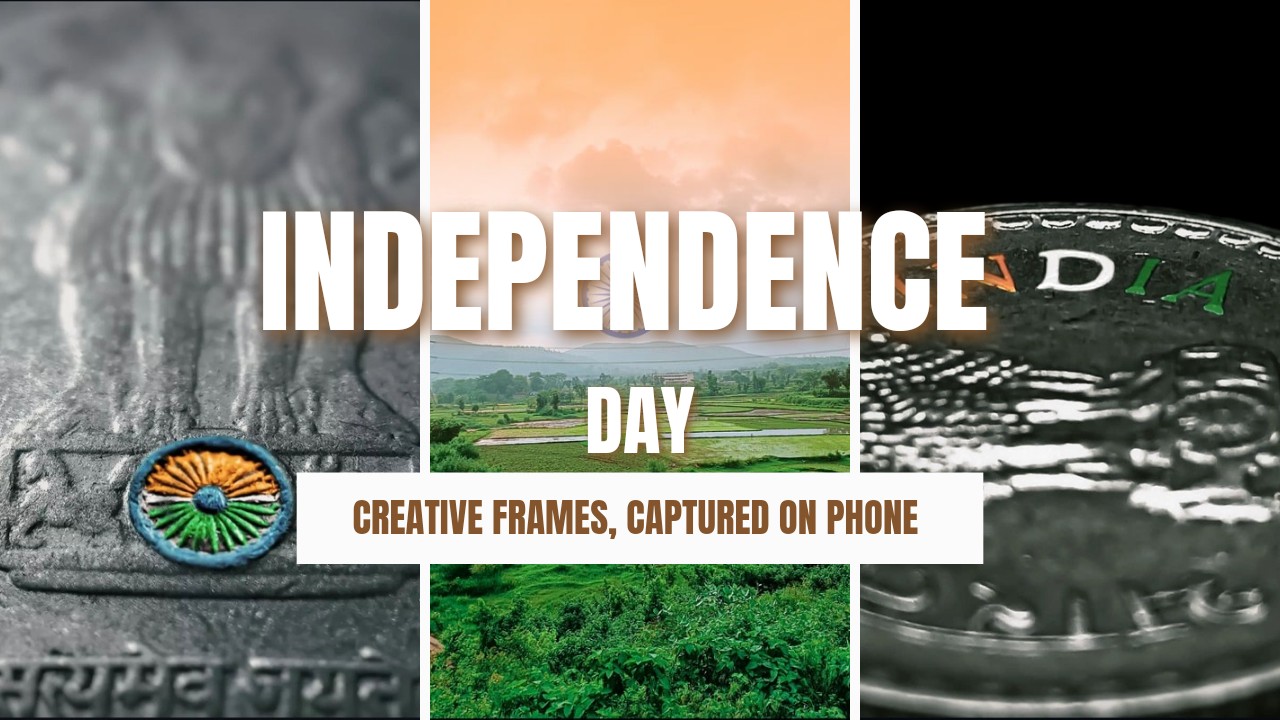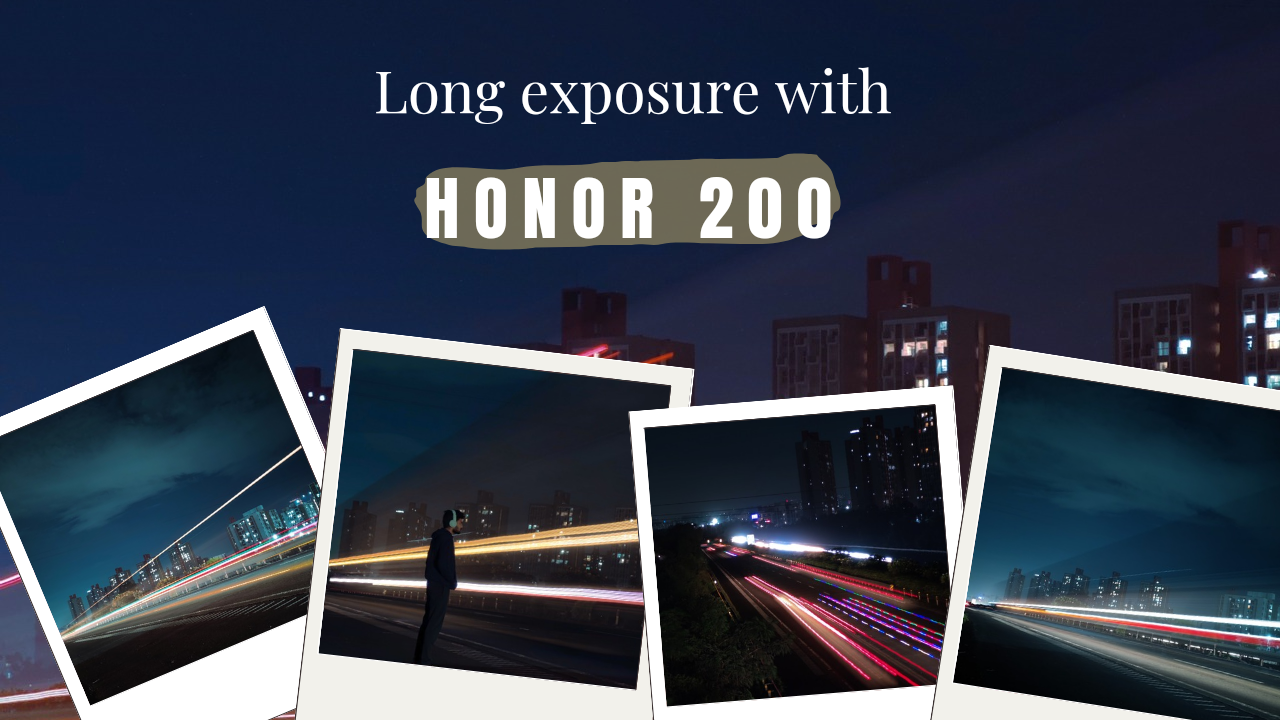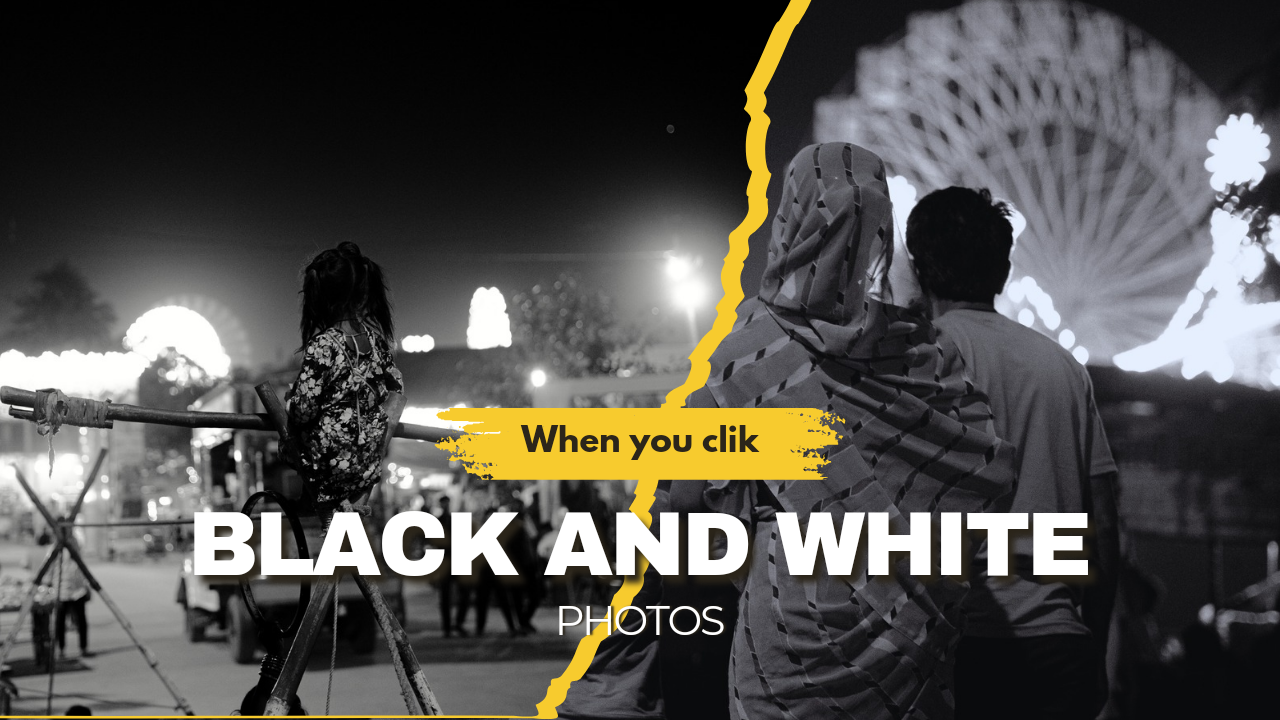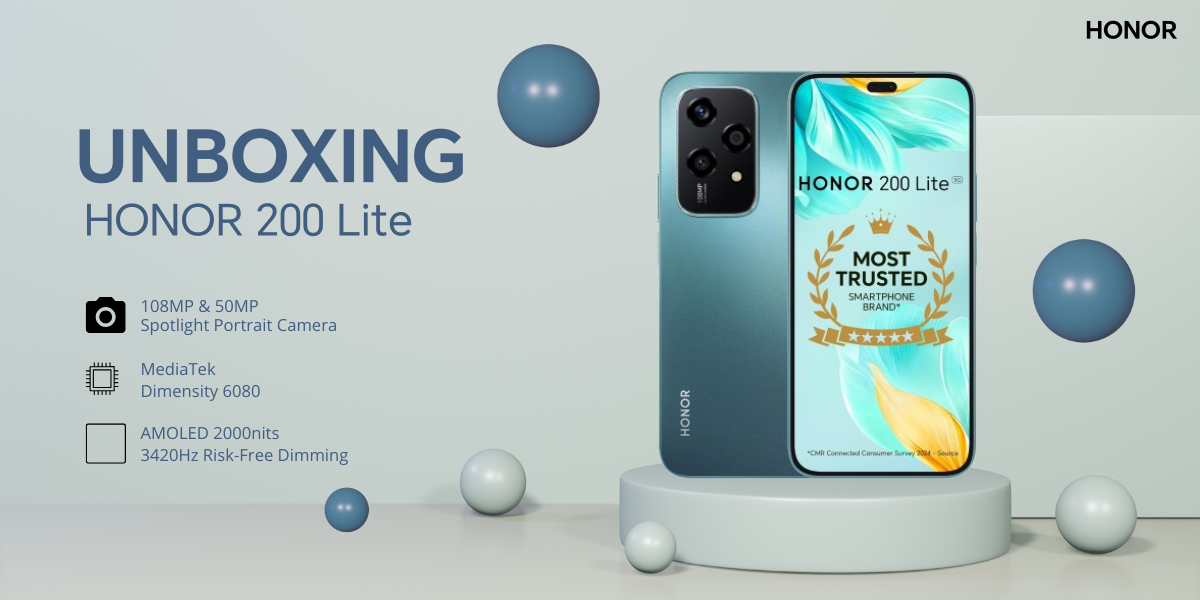
Hello Explorers,
Welcome to Evolution Chronicles, where we learn the exciting evolution journey of different technologies since their inception.
In the beginning, there was light, which manifested a desire to capture its essence. From the earliest Camera Obscura to today's outstanding first permanent photograph taken by Joseph Nicephore Niepce, photography has been all about the curiosity and innovation. From the Daguerreotype of history to the digital cameras of today and the unprecedented ease of capturing moments via smartphones, photography continues to evolve as this mysterious art form that inspires and captivates us. Let's glance over the time-tested tale of photography.
Early Beginnings
In the dark rooms of ancient civilizations, the camera Obscura was born.

It was a glimpse into the future, a precursor to the cameras as we know them today. Fast forward to 1826, when Joseph Nicephore Niepce took the first permanent photograph. He called it "View from the Window at Le Gras."It simply needed to be a darkened chamber with just a little hole: outside projected on the room's walls by this device.

This is an early grainy image marking the dawn of photography. That moment marked a revolution in how we'd capture and preserve our memories.
The Daguerreotype Period (1839)
Enter Louis Daguerre, a French artist and chemist, who introduced the process of the daguerreotype in 1839.

This method employed silver-plated copper to produce extraordinarily precise images. Portraits became easier to take because of this innovation, which was a first for many.
Innovations in Photographic Art
The mid-19th century saw rapid developments in photographic techniques. While William Henry Fox Talbot invented the calotype process that would allow multiple copies of the same picture, Frederick Scott Archer's collodion process improved the image clarity while cutting the exposure time. Richard Leach Maddox's gelatin dry plate process of 1871 would prove very convenient and practical, which only served as a precursor to the eventual innovations.
The Birth of Colour Photography
It was James Clerk Maxwell in 1861 who produced the first stable color photograph using a trichromatic process.

The Lumière brothers then responded with their autochrome plates in 1907, producing those vivid colors. Those early breakthroughs in color photography opened new dimensions in the arts, bringing the entire world onto paper with its colors intact.
The Modern Photography Era
The 20th century was the dawn of modern photography. Everything changed with Oskar Barnack's discovery of the 35mm Leica camera in 1925, allowing photographs to be taken more portably and conveniently.

Edwin Land's instant Polaroid camera in 1948 brought magic to the doorsteps of people; they could view their captured moments within seconds.
Digital Revolution
The true digital revolution began in 1975 when Steven Saason of Kodak created the first digital camera.

It was a new beginning. Digital sensors gradually replaced film when digital photography became the rule among professionals and amateurs alike.
Smartphone Photography
Cameras integrated into smartphones were the inculcation of photography into the 21st century, revitalizing it once again. It was accessible on every smartphone available, from a basic camera to advanced multi-lens systems, and high-quality photography.

Photography was again popularized by social media applications, such as Instagram, where people share their moments in real-time with the world.
Future Directions
Into the future, photography continues to change the way people create their photographs.There is a whole new world of processing and editing images with AI and computational photography, and virtual and augmented reality has opened vast frontiers.
The journey of photography has hardly begun, yet it waits for us with endless possibilities.
Conclusion
From the very first camera Obscura to the most advanced smartphone camera available today, photography has been one of the greatest challenges of human ingenuity. Each milestone, from the first photograph to the digital age, has brought us closer to what finally grasps the essence of life. No less is promised by future innovation along the lines of AI and AR. Photography will continue to evolve, preserve memories, tell stories, and connect people across time and space.
The future journey of photography is still ahead, and I look forward with eagerness to all the thrilling developments it will bring.
Signing off


